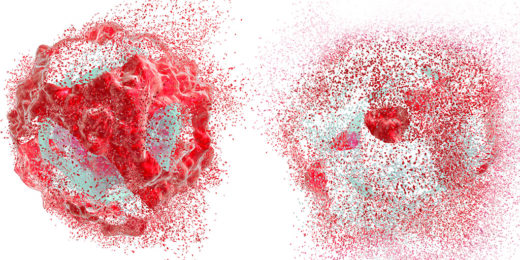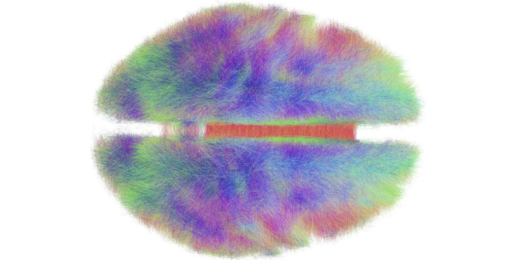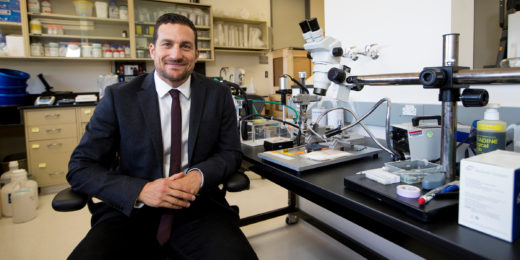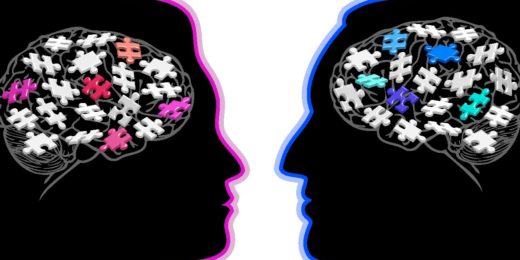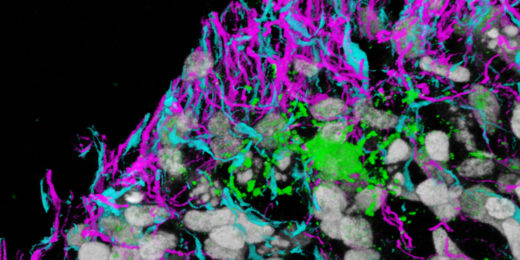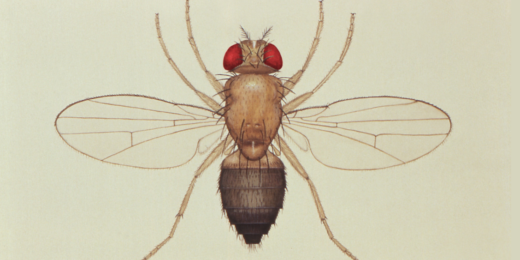Scientists studying cell death are working to understand how the body protects itself from disease and use that information to form better treatments.
Category: Neurobiology
What is a concussion? Stanford researchers work to clarify
Researching the symptoms and severity of concussions will help researchers get a more detailed understanding of concussions.
Needle in a haystack: Two days after stroke, a handful of blood cells reveal risk of dementia a year later
A pattern of inflammatory activity in circulating blood cells just two days after a stroke predicts the loss of substantial mental acuity a full year later.
“The brain is just so amazing:” New Instagram video series explains neuroscience
A Stanford neurobiologist takes on the challenge of explaining neuroscience in a series of brief videos on Instagram, five a week for an entire year.
Mom’s voice is big deal for most kids; less so for those with autism
In most babies and kids, the sound of their mother's voice gets special treatment in the brain. But in autism, this distinctive brain response is lessened.
Nature, not nurture: New evidence in mice that recognition of a stranger’s sex is baked into the brain at birth
Male mice are hardwired to recognize the sex of other mice, a new study shows. Females' circuitry guiding that decision differs from males.
Culturing technique captures hard-to-study, critically important brain cell — the oligodendrocyte — in action
Brain cells called oligodendrocytes supply insulation by wrapping neurons in multiple layers of fatty extensions, preserving signal strength and markedly speeding up transmission. But studying these cells in culture has been virtually impossible -- until now.
In the Spotlight: From Peru, to language, privilege and neuroscience
This In the Spotlight Q&A features Eddy Albarran, a graduate student in neurosciences, who is from Peru, loves languages, and is passionate about advocacy.
Pain is unpleasant, and now scientists have identified the set of responsible neurons
Scientists have pinpointed the ensemble of neurons that specifically gives rise to the unpleasantness of pain in the brain.
The brain-circuitry clash that keeps you from diving into that plate of ribs when you’re dining with royalty
A study in Nature details a discovery with potential clinical significance for treating eating disorders such as anorexia. To make that discovery, Stanford researchers had to develop a "first-time-ever" way of teasing apart two separate but closely intertwined sets of identical-appearing neurons in the brain.
Henry Marsh shares insights into neurosurgery and more at Dean’s Lecture Series
Dean Lloyd Minor welcomed the neurosurgeon/author Henry Marsh to Stanford at a recent Dean's Lecture Series talk.
Brain scans offer clue to drug relapse risk, study finds
Small trial conducted by Stanford researchers links activity in the brain's reward processing system with drug relapse in patient cohort.
Graduate student gives Parkinson’s patients a platform to tell their stories
Graduate student Johanna O'Day has started an effort that helps Parkinson's patients tell their story and connects researchers and patients.
The autobiography of neuroscientist Ben Barres, an excerpt
The fall issue of Stanford Medicine magazine features an excerpt from Ben Barres' autobiography, which describes his transition from female to male.
Informed consent: A reminder that each patient is different
Neurosurgery resident Adela Wu comments on the importance of personalizing the informed consent process before a procedure for each patient.
From flies to humans — connecting the dots to find a potential treatment for a progressive movement disorder
Researchers leverage studies in fruit flies to identify a potential treatment for people with neurodegenerative disorder called spinocerebellar ataxia.


